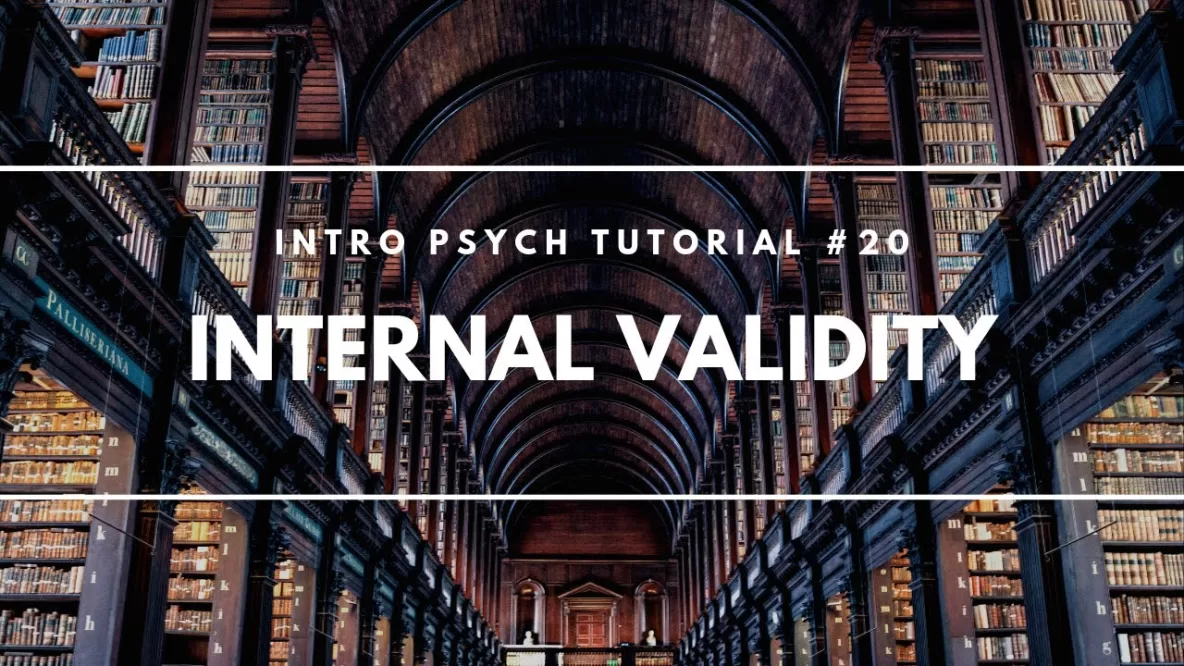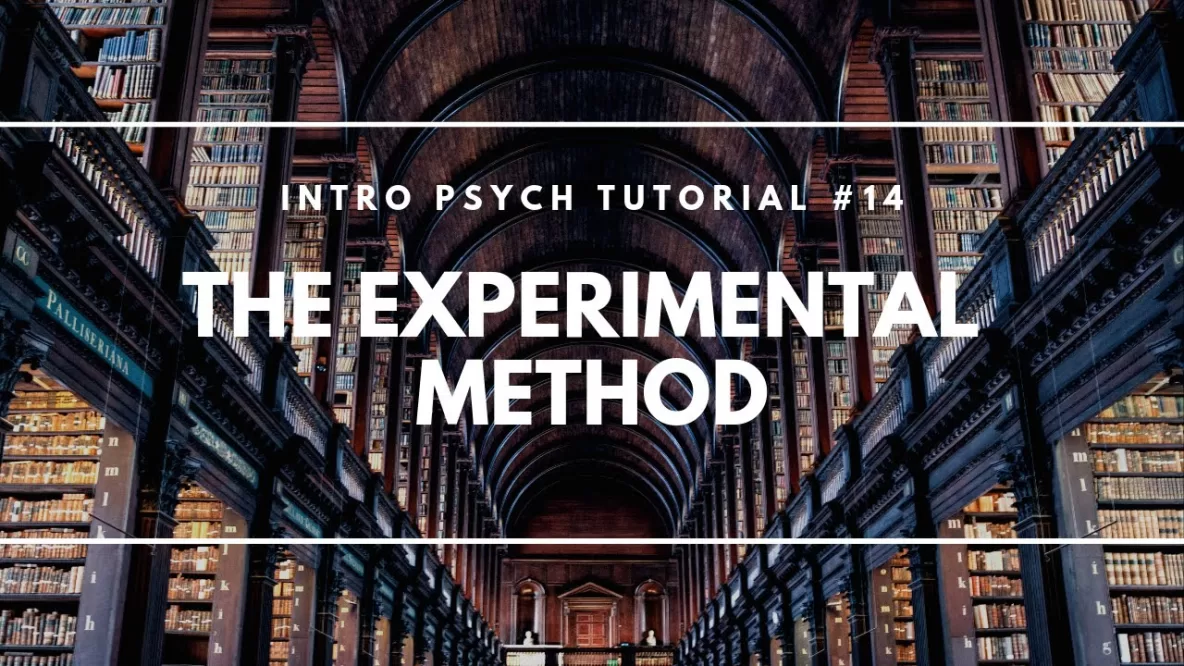Here’s a knowledge organizer I’ve created of the most essential concepts for research methods and statistics in an introductory psychology course. These knowledge organizers are designed to help you identify the most important factual knowledge you need to have in … Read More
The Availability Heuristic
In this video I provide an introduction to behavioral economics and the work of Amos Tversky and Daniel Kahneman by describing a heuristic we use when attempting to assess the frequency of events. The availability heuristic is a shortcut that … Read More
Obstacles to Problem Solving
In this video I introduce several potential obstacles to problem-solving including overconfidence, illusory superiority, belief bias, and belief perseverance. Then I describe a “consider the opposite” strategy for potentially reducing the influence of bias when interpreting evidence that supports or … Read More
Memory Failures: Misattribution, Suggestibility, Bias, & Persistence
In this video I explain the 4 remaining “sins” of memory from Daniel Schacter’s list. Misattribution refers to incorrectly identifying the source of a memory and relates to false recognition, deja vu, and cryptomnesia. Suggestibility is the idea that our … Read More
Introduction to Memory
In this video I begin the memory unit by introducing a few key terms (encoding, storage, and retrieval), explaining why it’s important not to extend the “mind as computer” analogy too far, and briefly outlining the 3-Box model of memory … Read More
A Textbook Problem: Prices, Pages, and Purpose
As we enter a new school semester, thousands of students will once again face the exorbitant prices of college textbooks. I’ve read a number of introductory psychology textbooks and while I love textbooks and have a deep appreciation for the … Read More
Internal Validity
In this video I explain the concept of internal validity and how it acts as a checklist for considering whether an independent variable has been effectively manipulated, a dependent variable has been measured without bias, and a clear pattern can … Read More
The Experimental Method
In this video I explain the experimental method and how the combination of manipulation and random assignment can help to eliminate the third variable problem. I also explain why random assignment helps avoid self-selection and bias so that we can … Read More
Observer Bias: Clever Horses and Dull Rats
In this video, I explain two well-known examples of observer bias: the case of Clever Hans, and Rosenthal and Fode’s experiment with “bright” and “dull” rats. Observer bias (or experimenter expectancy effect) is considered, along with an explanation for how … Read More
What is the Availability Heuristic?
In their first study of the availability heuristic, Tversky and Kahneman asked participants to estimate whether English had more words that started with the letter K or more words that had K as the third letter. What do you think? … Read More
- Page 1 of 2
- 1
- 2







